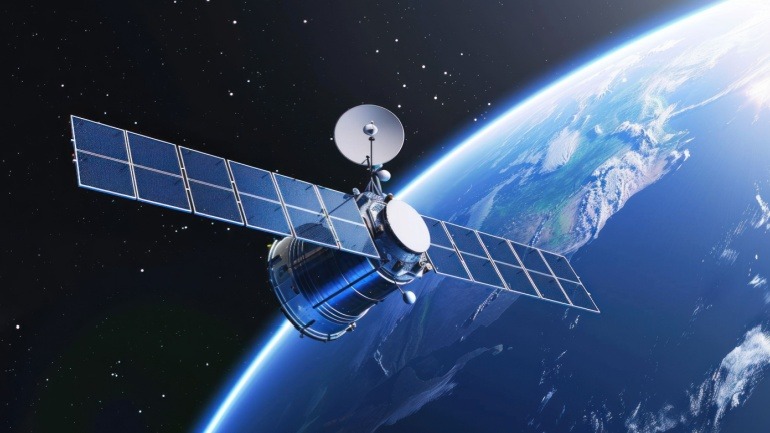Amazon is set to disrupt the UK’s satellite broadband market with Project Kuiper, aiming to rival Starlink’s dominance. By deploying over 3,200 satellites targeting underserved areas, Amazon seeks to revolutionize connectivity.
The global Wi-Fi landscape is rapidly evolving with the spotlight on adopting the 6 GHz band. This spectrum, offering a substantial 1,200 MHz bandwidth, is positioned as a key enabler for advancing wireless technologies.
Open RAN technology struggled in 2024, with a revenue decline of nearly half a billion dollars. Despite this setback, there is optimistic potential for Open RAN’s long-term growth, especially with increased 5G activity.
The EU is advancing its satellite broadband network, IRIS², to rival Starlink. With a €10.6 billion budget, the constellation of 300 satellites will deliver secure communications across Europe and Africa by 2030.
T-Mobile US is redefining telecommunications by launching its innovative beta direct-to-cellular service with Starlink in 2025, aiming to eliminate cellular dead zones. Starting with text messaging, with future voice and data expansion, this service promises to enhance connectivity seamlessly.
Boingo Wireless has transformed Rhode Island Convention Center with state-of-the-art Wi-Fi 6 and private CBRS network, elevating connectivity for events. This advanced infrastructure streamlines operations, enhances security, and optimizes fan experiences.
The 37 GHz spectrum band offers a unique opportunity for shared federal and non-federal use, leveraging innovative coordination frameworks. Key features include dual-access strategies, enabling dynamic spectrum sharing for applications like IoT and high-capacity networks.
As telecommunications swiftly evolve, Vodafone and AST SpaceMobile’s partnership is pivotal. By offering space-based cellular broadband, their agreement redefines access beyond traditional networks.
The Wireless Broadband Alliance has unveiled an advanced Operator Managed Wi-Fi framework, revolutionizing residential Wi-Fi management. By integrating key standards like Wi-Fi EasyMesh, this update enhances the capabilities for ISPs, improving the user experience.
The UK government is launching three innovative satellite projects to improve broadband access in remote areas. Combining LEO and GEO technology, these initiatives target isolated regions like Rathlin Island and Papa Stour.













